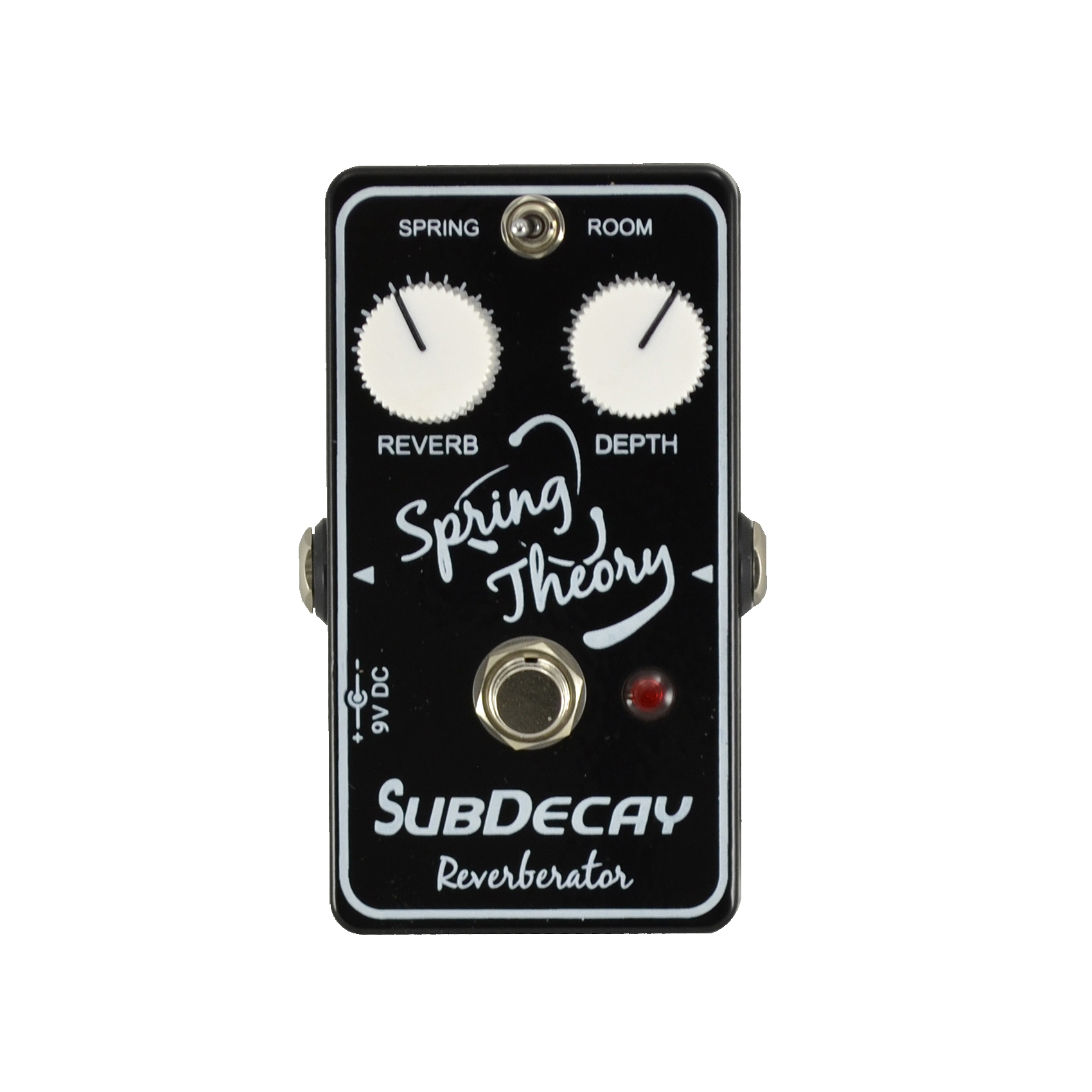Since 2010 or so I’d been wanting expand our horizons. We had never made clones or pedals that were really supposed to emulate any kind of vintage gear. We had always tried to focus on being original first. Maybe to a fault at times. It is a challenge to market something without an easy frame of reference to something familiar.
We toyed with the idea of building “amp in a box” pedals, some kind of improved univibe, wah pedals, etc. But every idea had two problems. 1) There were already other companies doing those things and doing them well. 2) Every idea started out simple, but we would perpetually try to add too much to it. In the end, none of it felt inspired or inspiring.
Finally I realized the one indispensable vintage sound I’d been going back to over and over was 68 Fender Twin Reverb I had bought in 2008. I loved the reverb, but while it had all the glory of vintage spring tank reverb, it had all the negatives that come along with vintage gear. It was old, it was heavy, it was a little finicky and sometimes quite noisy.
I didn’t have any idea how we could pull that off in a stomp box. It’s really hard to even gauge exactly what happens in a spring tank. It doesn’t fit in to your typical dimensional reverb algorithms well. Spring reverb is actually poor choice for creating realistic sonic space.
Most digital spring simulations I’d heard… just plain sucked. We had bought a DSP development kit a while back, but had done very little with it. We knew any spring simulation would have to be DSP based, but where would we start.
When I brought it up with Tom, he initially said he could do it in a month. After some initial development I felt like we were still really missing something. We still hadn’t fully established what was going on in a spring reverb tank and what really makes it sound like it does.
So I ended up taking apart the spring tanks in three different amps, dampening each spring and recording each one individually. Using guitars, pops, sinewaves, pulses, etc to trigger the reverb. Then we slowed down the recordings. There’s really some interesting sounds when you do that, and when we heard the spring slowed down in time you can really hear every little nuance and evaluate what is really going on.
Even after all that we still had a lot of work to do. Over a five month span Tom wrote about 50 different iterations of the algorithm, each with some minor improvements over the last until not just the sound was right, but the feel too.
